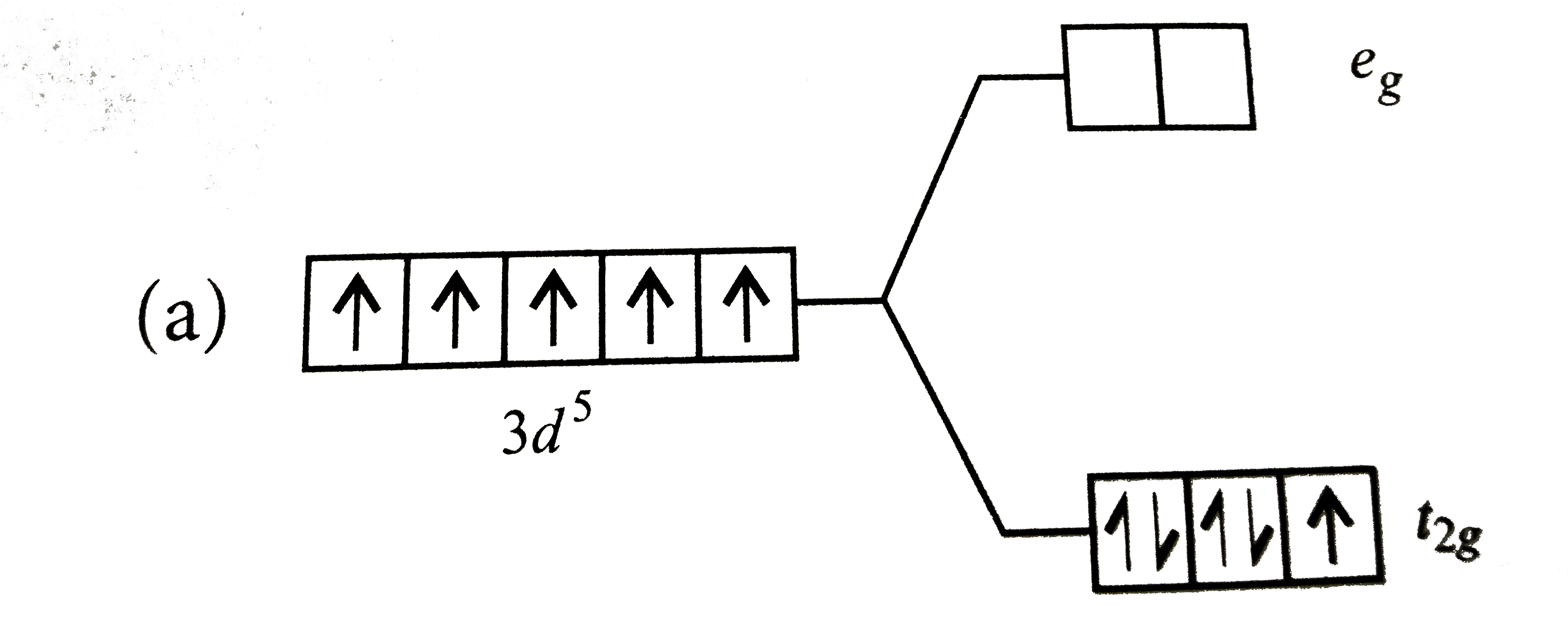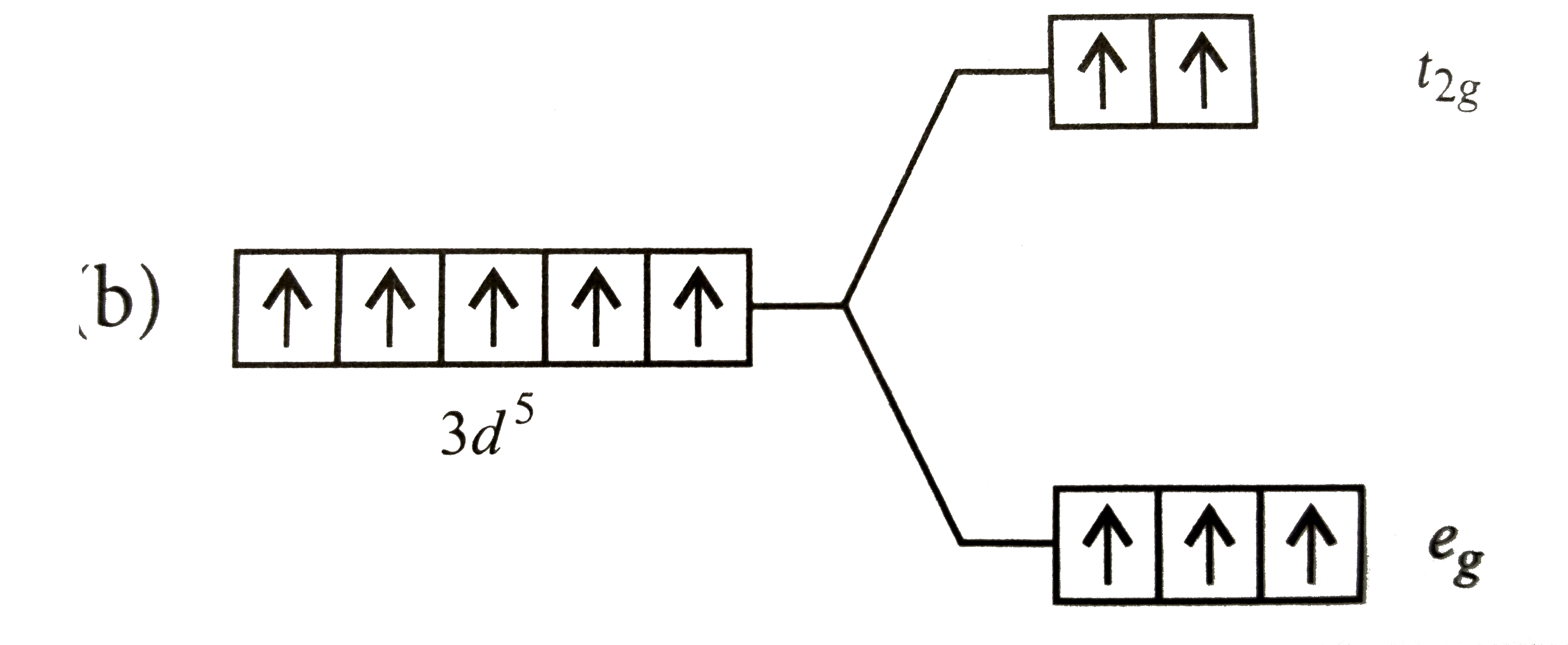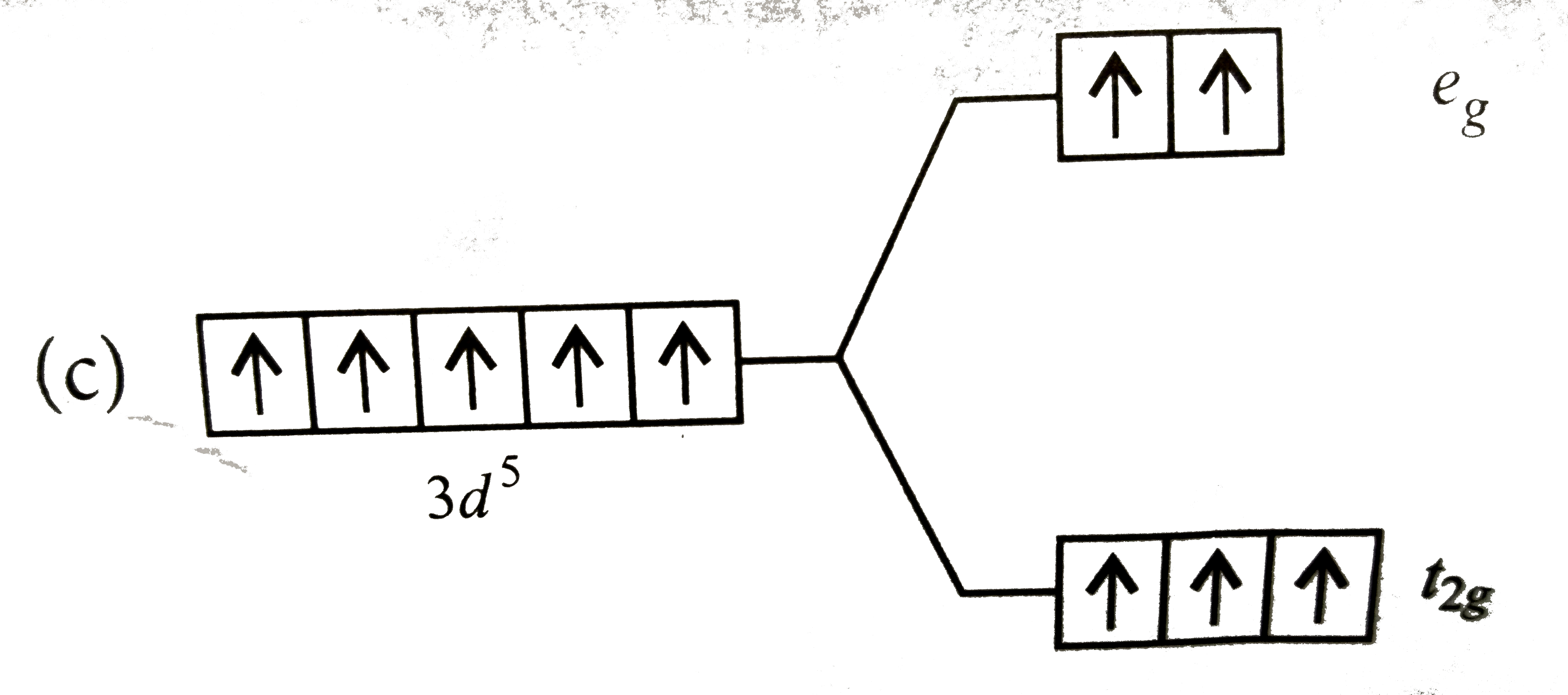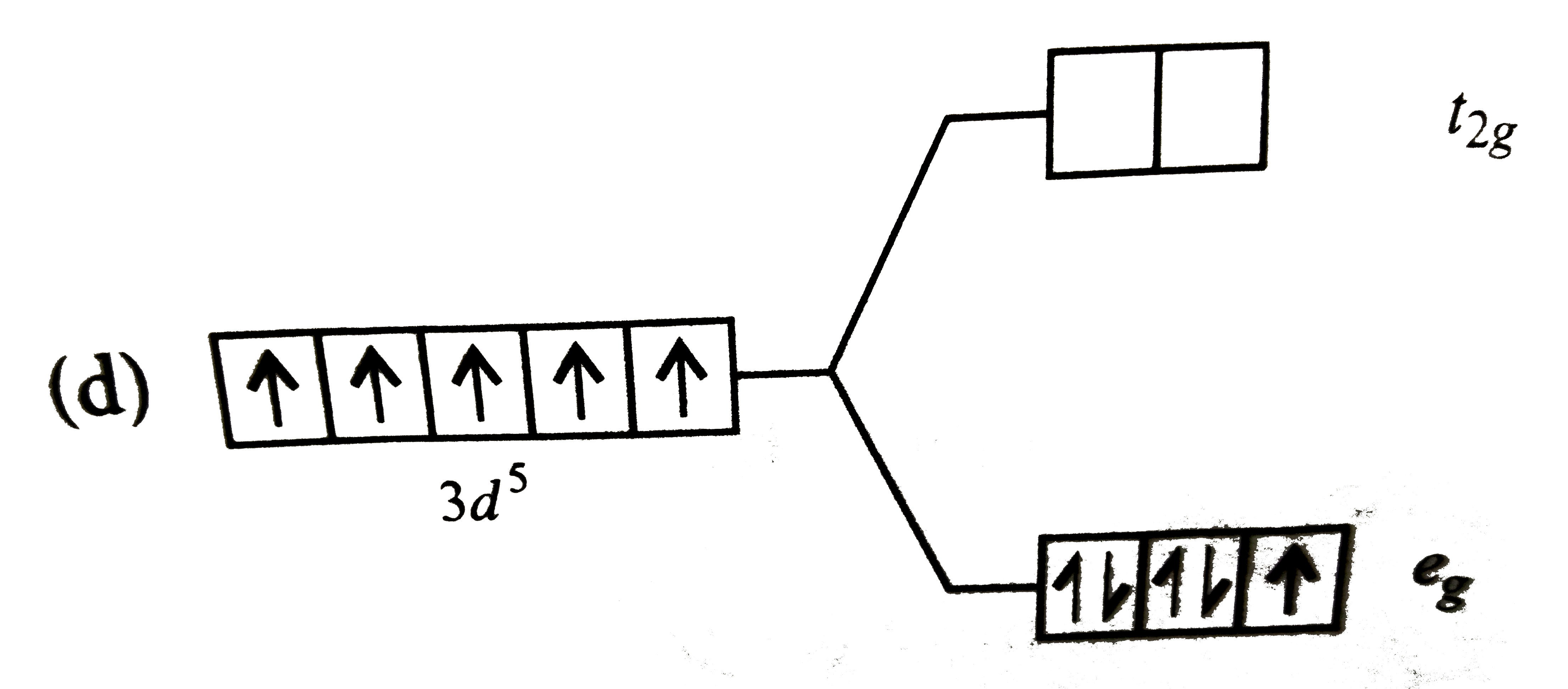A
B
C
D
Text Solution
AI Generated Solution
The correct Answer is:
|
Topper's Solved these Questions
ATOMIC STRUCTURE
ALLEN|Exercise Exercise - 02|59 VideosView PlaylistATOMIC STRUCTURE
ALLEN|Exercise Exercise - 03|21 VideosView PlaylistATOMIC STRUCTURE
ALLEN|Exercise Exercise - 05[A]|14 VideosView PlaylistIUPAC NOMENCLATURE
ALLEN|Exercise Exercise - 05(B)|7 VideosView Playlist
Similar Questions
Explore conceptually related problems
Knowledge Check
A
B
C
D
Submit
Similar Questions
Explore conceptually related problems
ALLEN-ATOMIC STRUCTURE-Exercise - 01
- Match the following - {:((a),"Energy of ground state of" He^(+),(i)...
Text Solution
|
Play - The energy of hydrogen atom in its ground state is -13.6 eV. The ener...
01:05
|
Play - Total no of lines in Lyman series of H spectrum will be- (where n=n...
02:27
|
Play - The spectrum of He is expected to be similar to.
01:16
|
Play - What possibly can be the ratio of the de Broglie wavelength for two el...
02:05
|
Play - The uncertainty in momentum of an electron is 1 xx 10^-5 kg - m//s. Th...
01:38
|
Play - An alpha-"particle" is accelerated through a potential difference of V...
02:10
|
Play - The orbital with zero orbital angular momentum is.
01:29
|
Play - Which of the following is electronic configuration of Cu^(2+) (Z = 29)...
01:43
|
Play - The electronic configuration of the Mn^(4+) ion is -
01:04
|
Play - Which of the following has the maximum number of unpaired d-electron?
02:11
|
Play - The total spin resulting from a d^7 configuration is :
01:15
|
Play - {:("Given",K,L,M,N,),(,2,8,11,2,):} The number of electrons present ...
01:41
|
Play - The configuration is 1s^(2) 2s^(2) 2p^(5) 3s^(1) shows :
01:09
|
Play - The possible value of l and m for the last electron in the Cl^(- )ion ...
01:49
|
Play - In which transition, one quantum of energy is emitted -
01:48
|
Play - Chose the currect on the basis of Bohr's theory
02:16
|
Playing Now - The mangnitue of spin angular momentum of electron is givenby :
01:30
|
Play - The change in orbital angular momentum corresponding to an electron tr...
02:31
|
Play - In which of these options do both consituents of the pair have the sam...
04:29
|
Play



